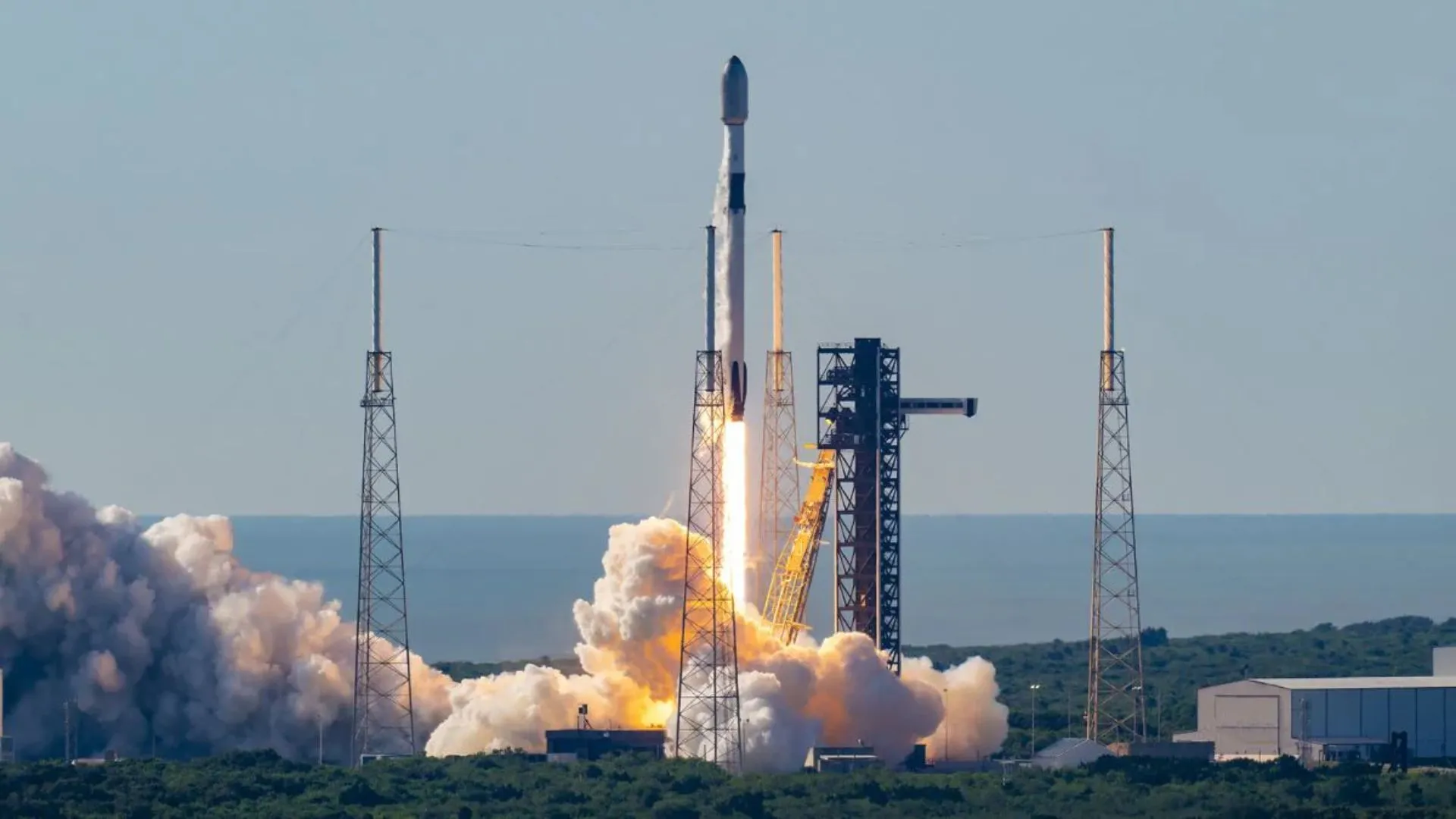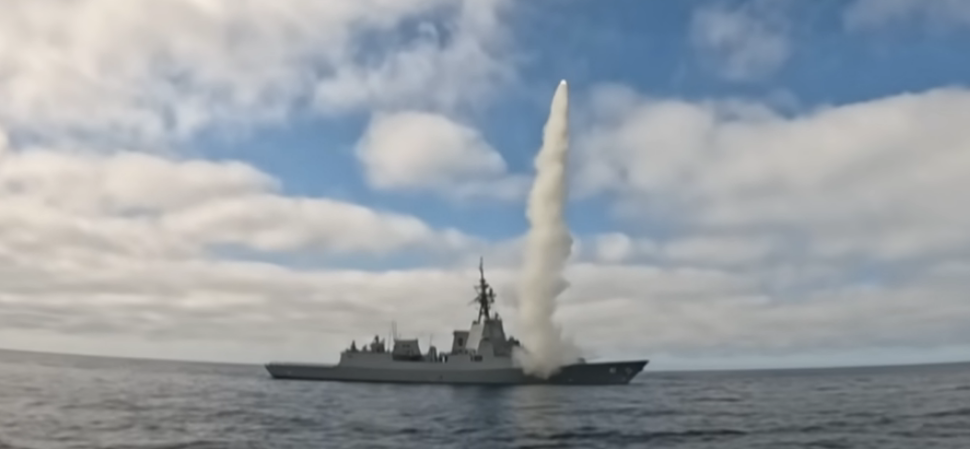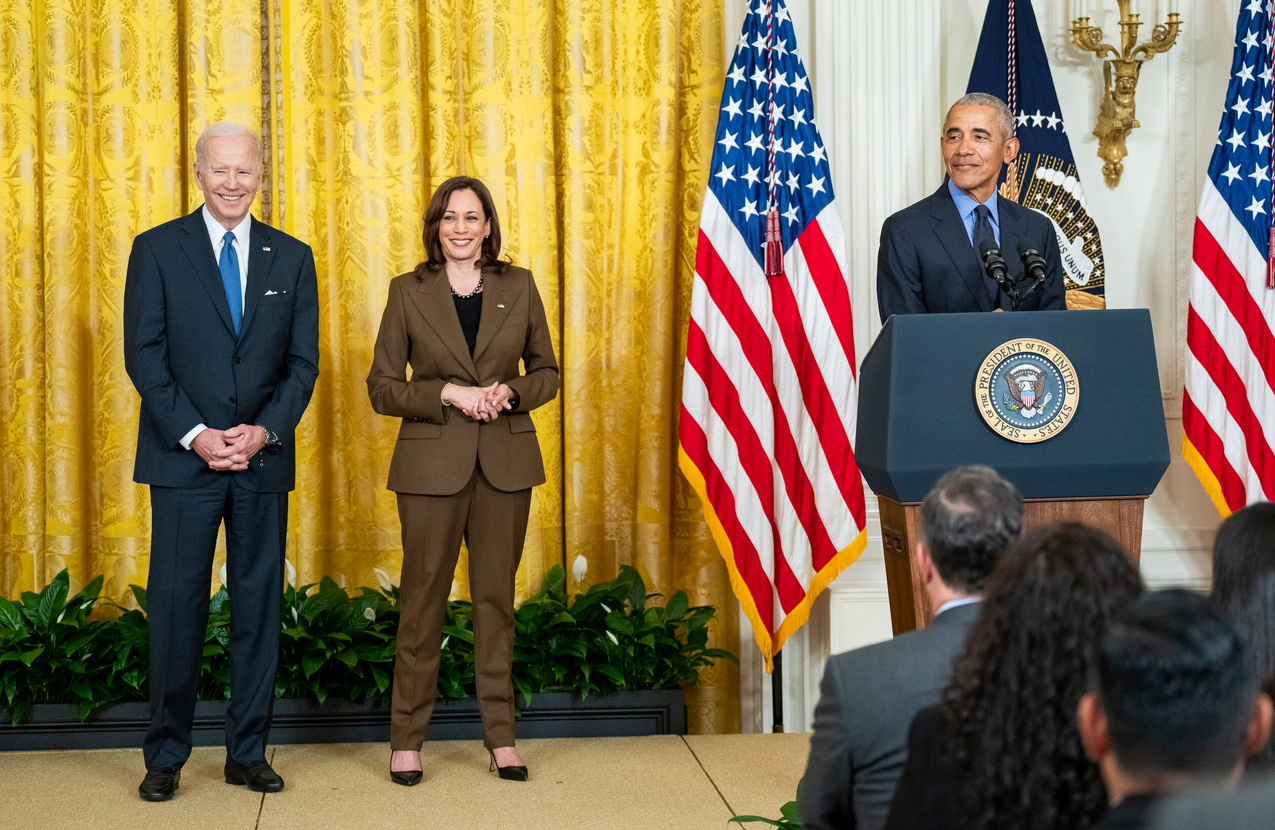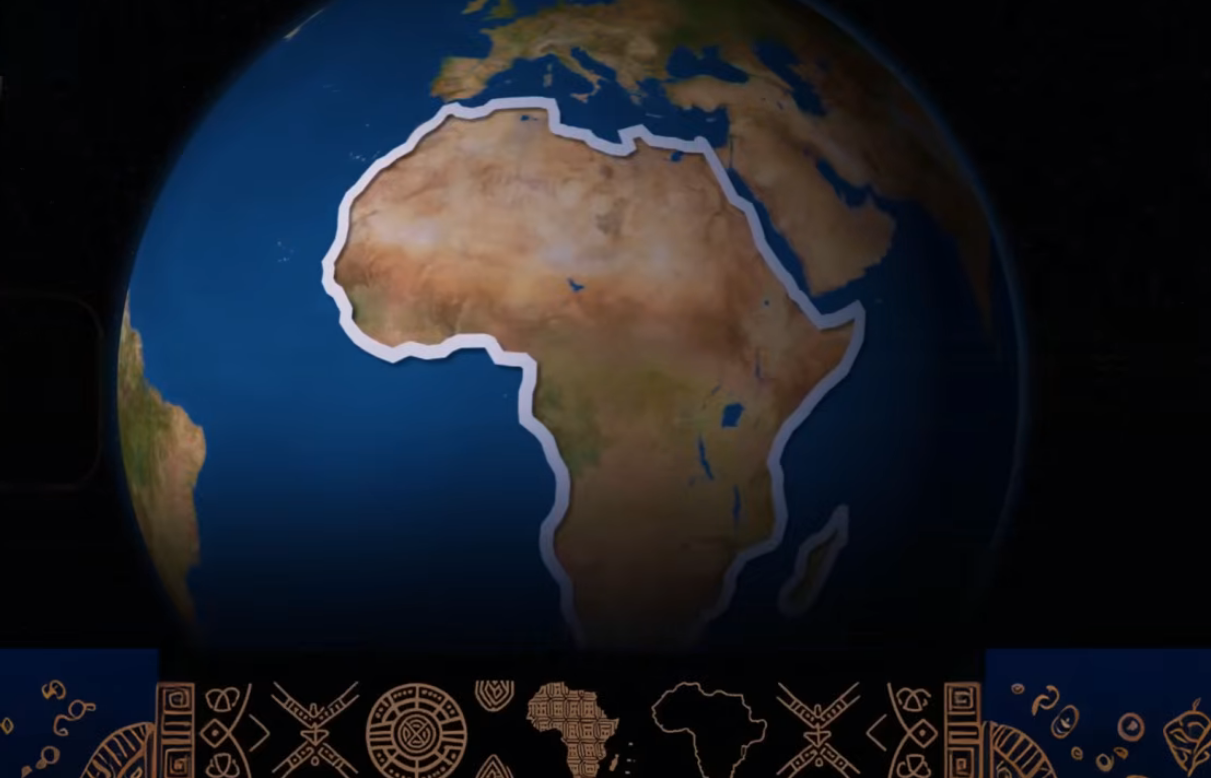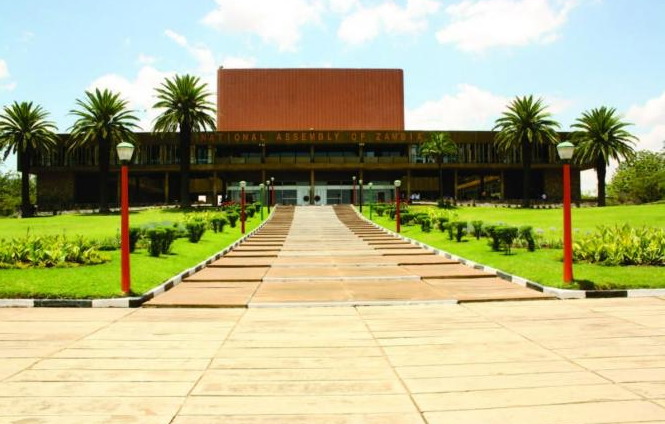SpaceX Falcon 9 rocket flight took place this morning from the Cape Canaveral Space Force Station in Florida for the Starlink 6-68 mission. Initially planned for a 5:33 a.m. EST lift-off, the launch was rescheduled to 8:21 a.m. because of the change in weather forecasts. Thus, this mission is designed to prolong the constellation of SpaceX’s Starlink high-speed internet all around the world and even in remote regions.
SpaceX Falcon 9
Starlink Satellites and Their Increasing Influence Around the World
Falcon 9 was launched from Florida’s Cape Canaveral to orbit 24 satellites that are part of SpaceX’s Starlink project. These satellites are joining a constellation that offers internet services across the globe and is used by airlines, such as Qatar Airways. That is why in the past month, Starlink was launched on a Qatar Airways Boeing 777 in the future, it will be available to all passengers, turning a new page in the history of in-flight connectivity.
Also read: Sunita Williams Breaks Silence on Health Rumors: Updates from the ISS
Rocket Launch Preparations
The launch was going to be delayed several times due to clouds and high sea conditions in the Atlantic, where the booster recovery was planned. At first, the launch window opened at 5 Originally scheduled for 9:33 a.m. but changed twice, and SpaceX set the final lift-off time at 8:21 a.m. Weather issues included the possible threat of thick cloud formation and marginal convection. Fortunately, the forecast worsened just in time, and SpaceX capitalized on the clear weather to go on with the launch.
SpaceX Falcon 9: Impressive Technology Falcon 9’s Reusable Booster
Some of the key innovations include the Falcon 9’s first-stage rocket that can be reusable. This booster was to land on our drone ship in the Atlantic after separation, as part of SpaceX’s detoxified bottom-line goal of affordable space travel. It saves money and time by conditioning any returning booster to fly again, ensuring frequent and more reliable space launches.
Easy Launching of the Starlink Satellites into Orbit
Following its firm rise into orbit, the Falcon 9 then deployed the remaining Starlink satellites into the low-Earth orbit alongside the other satellites. The constellation approach allows Starlink to offer high-speed internet to underpenetrated regions around the world to meet everything from disaster relief efforts to airline operations.
A Future with SpaceX and Starlink
The Falcon 9 and the Starlink program show how far space technology has gone and how the world is becoming a connected place. Perhaps by providing the inhabitants of isolated areas with fast connection while also attempting to make space exploration cheaper and more accessible, SpaceX is changing the concept of space exploration and communication.
Also read: SpaceX Falcon 9 Launch: Advancing Global Internet with Starlink Satellites
Conclusion
The latest SpaceX launch of the Falcon 9 rocket demonstrates the advantage of using reusable technology and the revolutionizing Starlink satellite system. From access to affordable internet in different parts of the globe, SpaceX is also advancing the frontier in space travel and the internet in equal measure.
